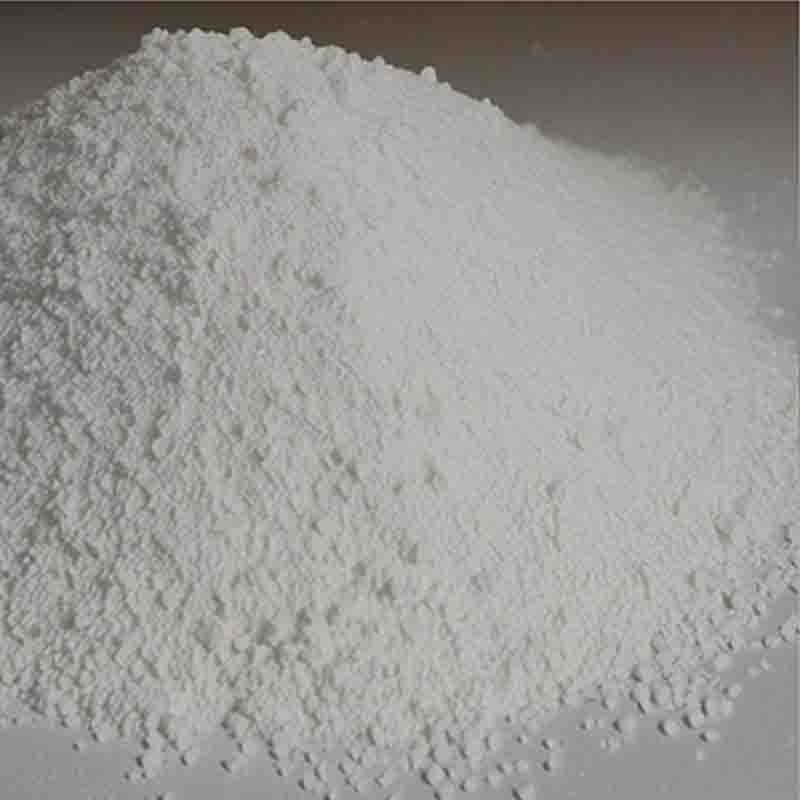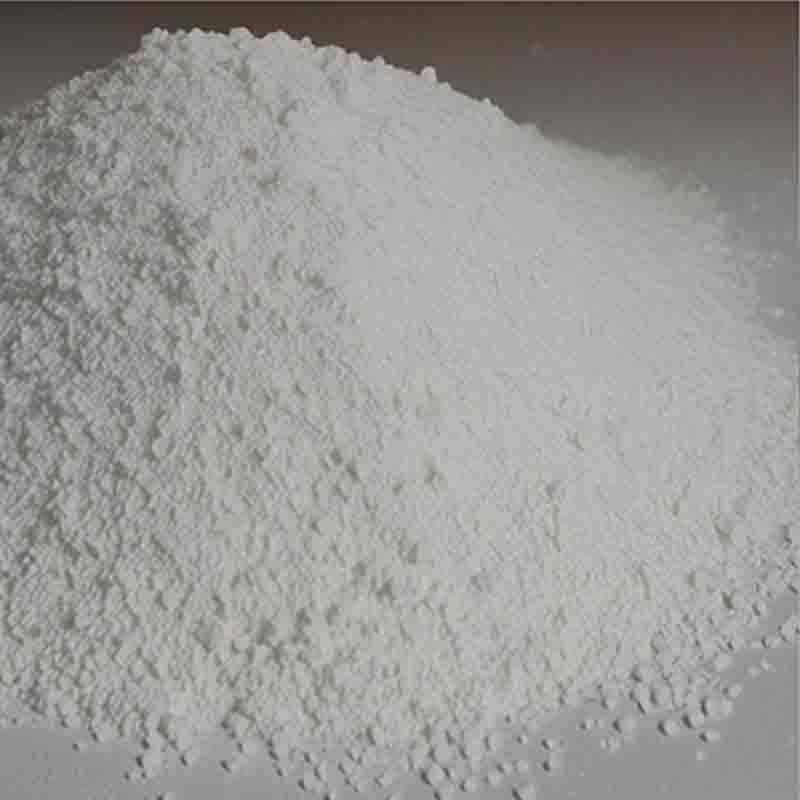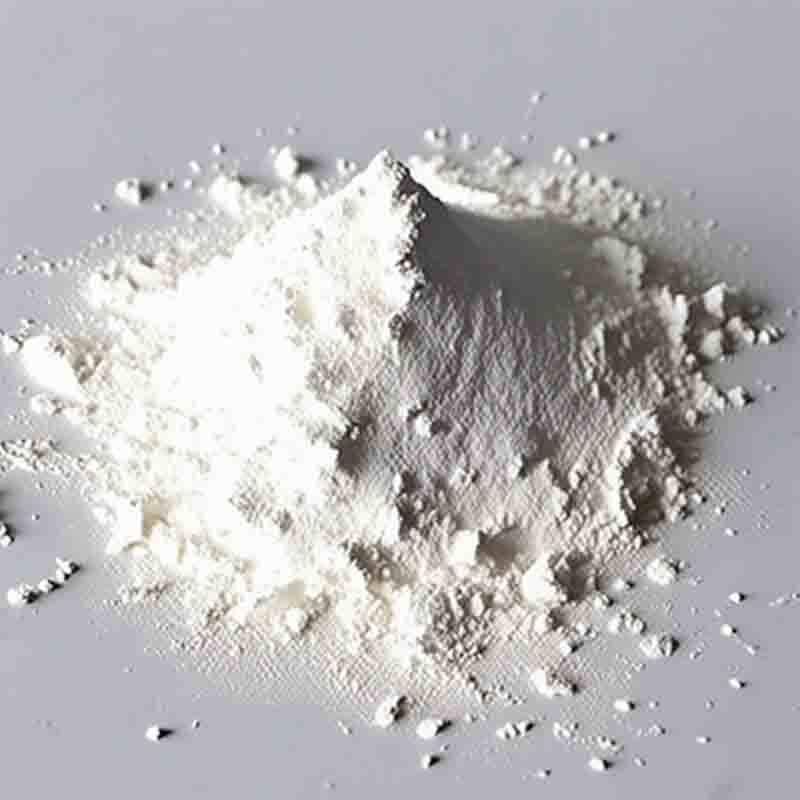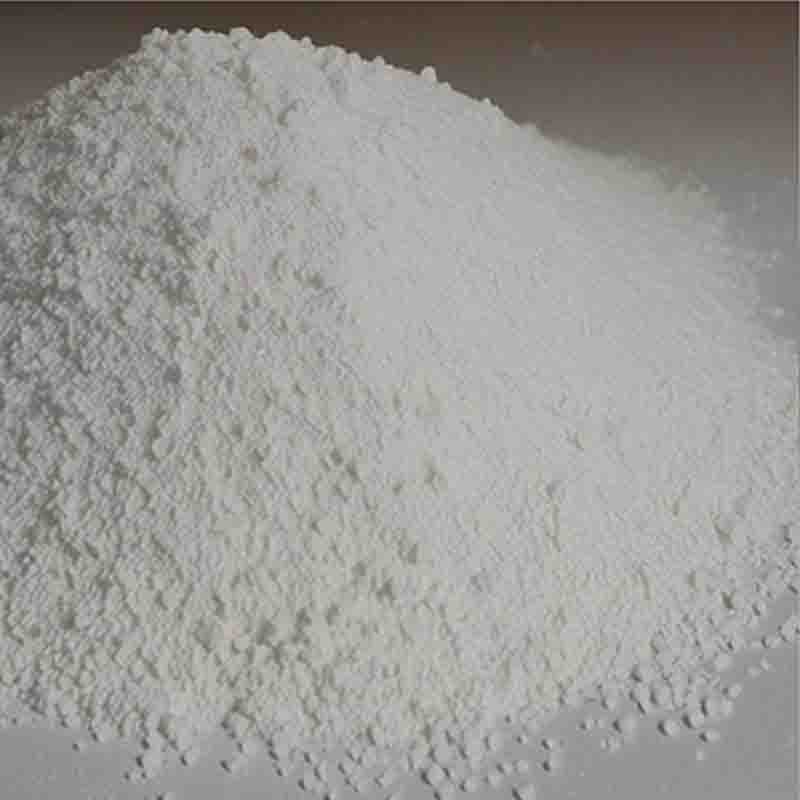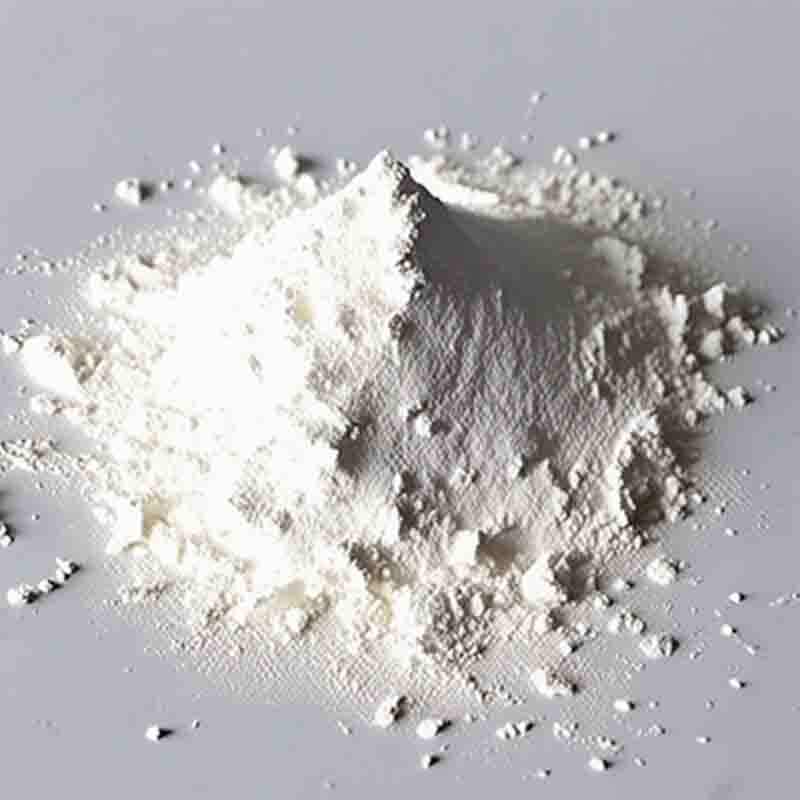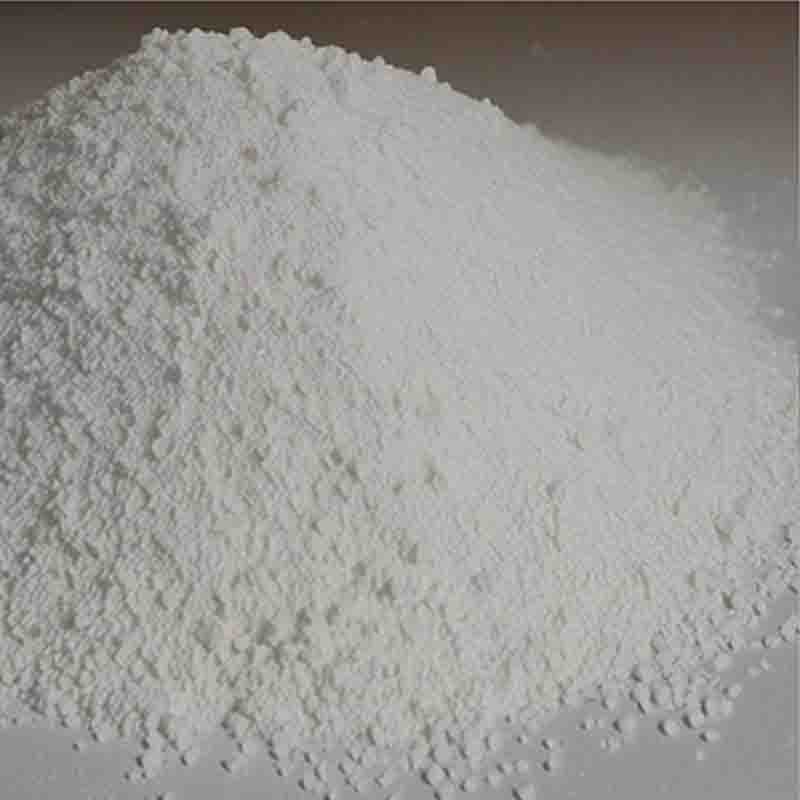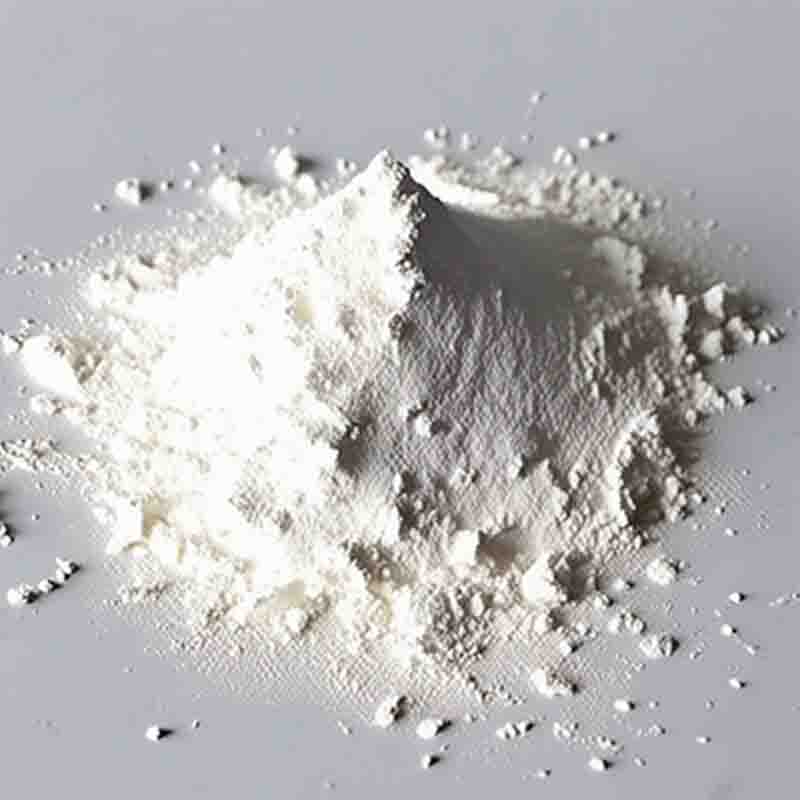3-(trifluoromethoxy)fluorobenzene CAS:1077-01-6
| Catalog Number | XD96200 |
| Product Name | 3-(trifluoromethoxy)fluorobenzene |
| CAS | 1077-01-6 |
| Molecular Formula | C7H4F4O |
| Molecular Weight | 180.1 |
| Storage Details | Ambient |
Product Specification
| Appearance | White powder |
| Assay | 99% min |
3-(Trifluoromethoxy)fluorobenzene is a chemical compound with the molecular formula C7H4F4O. It consists of a fluorobenzene ring (C6H4F) with a trifluoromethoxy group (-OCF3) attached at the 3-position. This compound exhibits interesting effects and applications due to its unique structural features.One effect of 3-(trifluoromethoxy)fluorobenzene is its ability to act as a strong electron-withdrawing group. The trifluoromethoxy group is highly electronegative, which modifies the electronic properties of the fluorobenzene ring. This can enhance the reactivity of the compound and make it attractive for use in organic synthesis. For example, it can serve as a building block for the construction of complex organic molecules, such as pharmaceuticals and agrochemicals. Additionally, the electron-withdrawing effect of the trifluoromethoxy group can influence the stability and reactivity of intermediates in various organic reactions.Another effect of 3-(trifluoromethoxy)fluorobenzene is its lipophilicity. The trifluoromethoxy group imparts hydrophobic properties to the compound, making it soluble in nonpolar solvents and favoring interactions with hydrophobic regions of biological molecules. This property can be beneficial in drug discovery and development, as lipophilic compounds are often able to penetrate biological membranes more easily and interact with the target molecules effectively. Furthermore, the lipophilicity of 3-(trifluoromethoxy)fluorobenzene can also influence its toxicological properties and bioavailability.In addition, the trifluoromethoxy group in 3-(trifluoromethoxy)fluorobenzene can confer unique properties to materials in which it is incorporated. For example, it can enhance the chemical and thermal stability of polymers when used as a building block. This makes it useful in the preparation of high-performance materials, such as coatings, adhesives, and membranes.Overall, the presence of the trifluoromethoxy group in 3-(trifluoromethoxy)fluorobenzene has significant effects on its reactivity, lipophilicity, and properties when incorporated into materials. These features make it an interesting compound for various applications, including organic synthesis, drug discovery, and materials science. Continued research on this compound and its derivatives may uncover further uses and advantages in different areas of science and technology.


